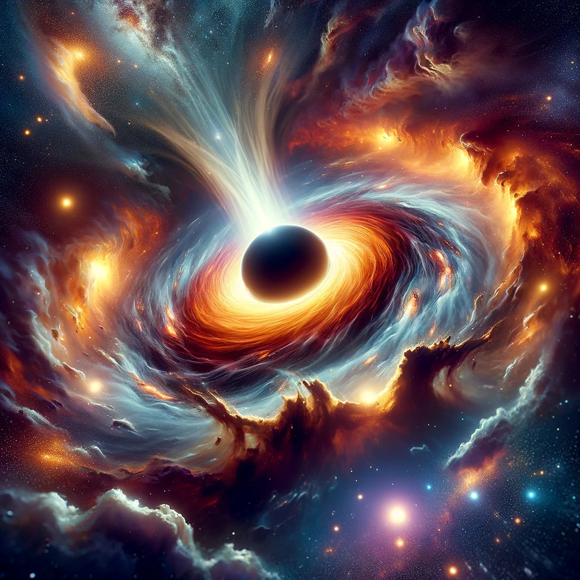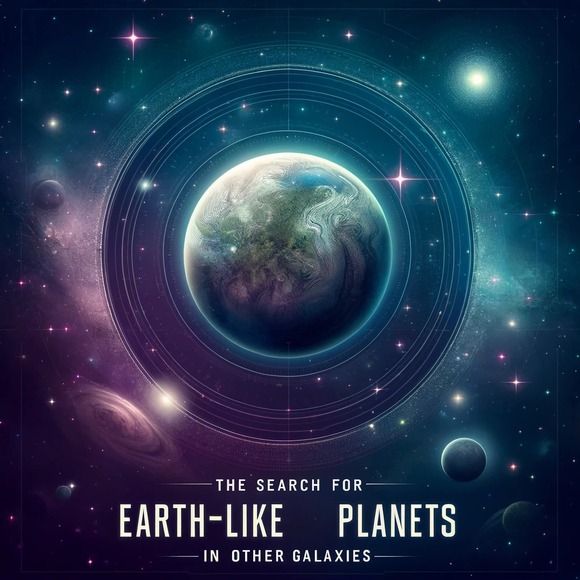Imagine a cosmic ballet, galaxies swirling like graceful dancers. At the heart of some, lurk enigmatic partners – intermediate black holes. Not as monstrous as their supermassive cousins, but powerful nonetheless. These hidden players might be the key to understanding how galaxies, like our own Milky Way, are born.
For centuries, black holes have captivated us. They’re cosmic vacuum cleaners, with gravity so strong that even light can’t escape. But beyond the “celestial vacuum cleaner” label, they play a vital role in galaxy formation.
Think of galaxies as ever-evolving islands of stars, gas, and dust. Gravity, the universe’s choreographer, guides their growth and mergers. Here’s where black holes, both supermassive and intermediate, step in as key players.
Intermediate black holes? They’re the middle ground between the stellar-mass black holes left behind by dying stars and the supermassive monsters at galactic cores. Scientists believe these “mid-sized” black holes could be the seeds for supermassive ones, but how?
Enter the magnificent tapestry woven by telescopes and supercomputers. We see intermediate black holes influencing galaxies through their gravitational pull. As gas and stars swirl around them, they experience an intense cosmic tug-of-war, getting heated, accelerated, or even ripped apart. This “tidal disruption” not only releases enormous energy but also regulates galaxy growth by affecting star formation and gas distribution.
Galaxies often merge, leading to a cosmic “feeding frenzy.” Intermediate black holes at their cores can combine to form new supermassive black holes. This unleashes titanic bursts of energy, reshaping the galactic landscape and leaving behind a trail of cosmic debris.
But the real intrigue lies in intermediate black holes as messengers from the past. By studying these enigmatic objects across different eras, scientists hope to unlock the mysteries of how galaxies formed.
However, behind the scientific jargon lies a human story. Dedicated scientists around the world collaborate with telescopes on frigid mountaintops and powerful supercomputers, each contributing a piece to the cosmic puzzle.
This exploration transcends disciplines. It draws on physics, astronomy, and beyond, reminding us of our insatiable curiosity to understand the universe, from the tiniest particle to the grandest galaxy.
In the end, studying black holes isn’t just about unlocking cosmic secrets. It’s about pushing the boundaries of knowledge, inspiring awe, and appreciating the beauty and complexity of our universe. As we gaze at the starry night sky, remember, we’re not just spectators. We’re active participants in this ongoing cosmic saga, unraveling the mysteries of black holes and galaxies, one discovery at a time.





